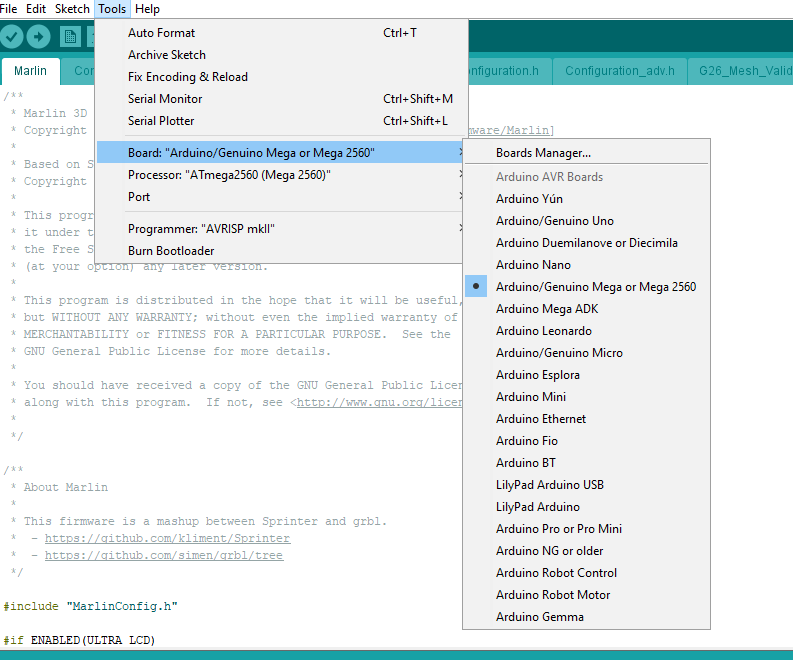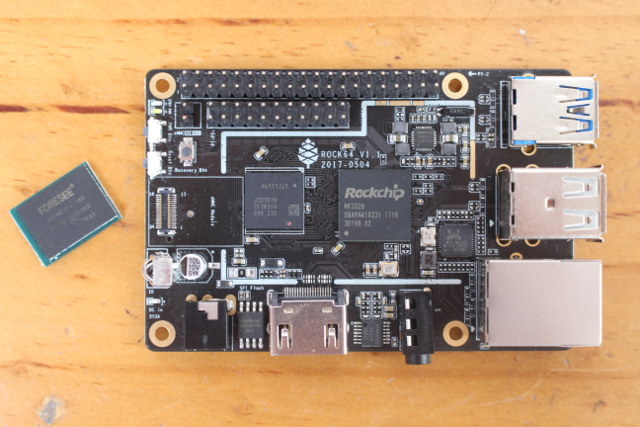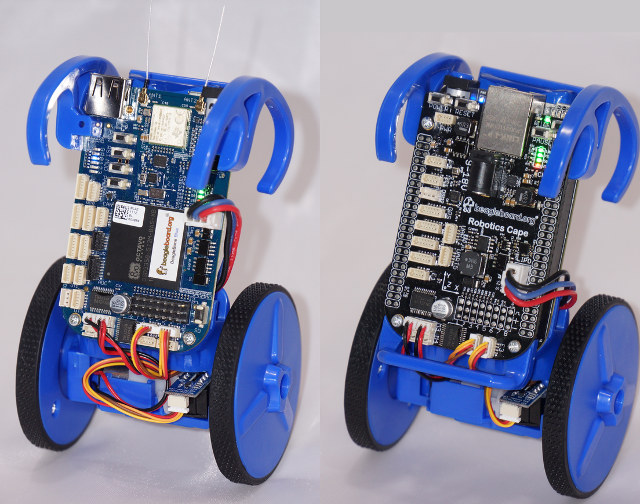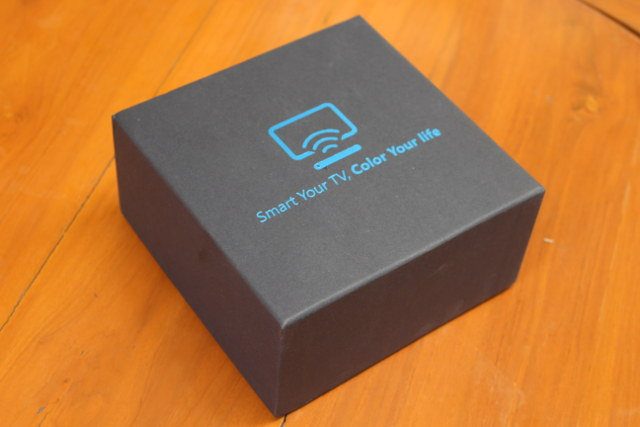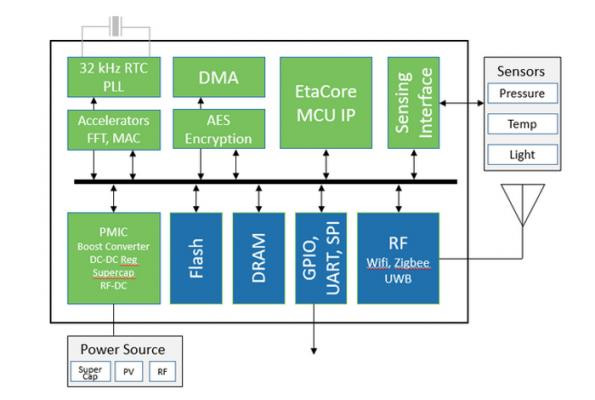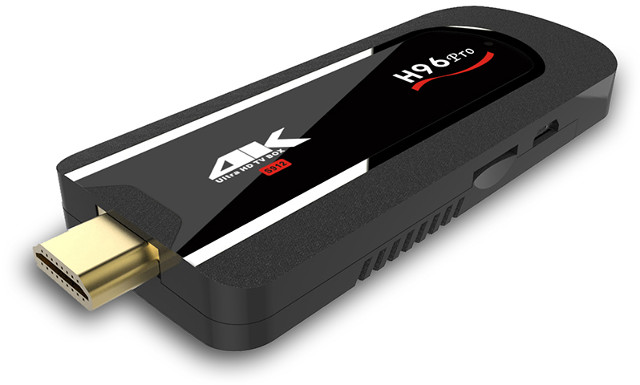Thanks to CNX for helping me get a hand on the 96Boards compliant Mediatek X20 board that was generously donated by Seeed Studio. In this article, I will walk through the steps to get the board up and running and also compile Android from the source code. The current Android is version 6. Unboxing the Beast First Boot Up The board boots up from the eMMC, and the first time you boot up you will get Android screen as shown in Figure-9. This is the default Android image from the factory, which surprisingly looks like it was setup for a phone screen mode, which is not sufficient for a HDMI monitor. It would be better to install the images that are made available at Linaro website or build your own. See the other section to flash the board with different images. Switching to Fastboot Mode Flashing image files are done […]
Tevo Tarantula 3D Printer’s Large Dual Extruder Auto Bed Level Sensor Firmware Upgrade
What a title. Just a quick update on the Tevo I am reviewing. I didn’t want to upgrade the firmware, but I read so many posts on Facebook about it I took the plunge. I didn’t like was the firmware that came with it. It only did a 3 point level, and seemed to go outside the build plate dimensions. The first 2 printers I have reviewed were Marlin, so it was what I am most familiar with. I used Jim Brown’s Marlin fork as a base. It was missing dual extruder and auto level sensor in the pre-configured profiles. It took a while, but I was able to add the extra features. The auto bed level sensor connects to where the normal Z end stop sensor is connected. I would like to warn you to warm your bed for 5 minutes for the best reproducible results. I tested several […]
ROCK64 Board Review – Part 1: eMMC Flash Module, Android 7.1 Firmware, Benchmarks, and Kodi
ROCK64 is the second ARM Linux development board by Pine64 that is based on Rockchip RK3328 processor, instead of Allwinner 64 for Pine A64 board, and while both processors comes with four Cortex A53 cores, the Rockchip processor offers a faster GPU, 4K @ 60 Hz video support, as well as USB 3.0 support. I’ve got a sample with an eMMC flash module, and I’m going to test it first with Android 7.1, since those were the only firmware images currently available on the Wiki, but Linux will be available before the board ships publicly at the end of July. Rock64 Linux Ports Status There are now at least three Linux ports in progress: ayufan’s Debian Jessie and Ubuntu Xenial images which are now in pre-release, but should officially be released next week. Arch Linux ARM with no pre-built Rock64 images yet Fedora 25 minimal Image The Yocto Project support […]
Office, Factory, Business Model, and Ambitious Plans of Shenzhen Xunlong Software, Orange Pi Maker
Parts of the article have been updated after Steven Zhao update at the end. Since Steven Zhao is the only one contact person at Shenzhen Xunlong Software, the maker of Orange Pi boards, and the company appears to be focusing on hardware development more than on software and documentation, so at one point in time, people were speculating that it could be one person operation 🙂 Last year, Steven told us there were over 10 persons working in the office. But hey, photos, or it’s fake! We now have a definite proof as Renaud Coustellier visited Steven Zhao in his Shenzhen Offices, and published a report on Minimachines (in French). I’ll provide a summary below, but visit Minimachines website, if you want the full story and more pictures. First, Shenzhen Xunlong rented a floor, or part of it, in one of the many Shenzhen office buildings, and engineers are working […]
EduMIP Self-Balancing Robot Kit Based on BeagleBone Blue is Now Available for $50
BeagleBone Blue is a board designed for robotics projects, and one of those projects is EduMIP self-balancing robot that was first designed around BeagleBone Black and a robotics cape, but so far was not available for sale. Renaissance Robotics is now selling the kit, without board, for $50. The kit has been designed by UC San Diego Coordinated Robotics Lab in order to teach robotics to students, and it works with BeagleBone Blue, or BeagleBone Black with the Robotics Cape and an optional WiFi dongle. Some of the subjects that can be learned with eduMIP include: Dynamic modeling and feedback control (classical, state-space, adaptive, …) of unstable systems. Robot motion planning and collision avoidance. DC motor control via (built-in) H-bridges and encoder counters. Attitude estimation via (built-in) IMU and barometer. Communication via (built-in) WiFi (802.11b/g/n) and Bluetooth (4.1/BLE). Charging, balancing, protection, and monitoring of 2-cell LiPo (included). Multithreaded event-driven C programming […]
Bqeel MVR9 TV Box Review – Part 1: Specifications, Unboxing and Teardown
All Rockchip RK3328 based 4K TV boxes I’ve seen so far come with Fast Ethernet, not Gigabit Ethernet, with the exclusion of Rock64, which is not a TV box, but a development board. But Nagrace sent me Bqeel MVR9 box that comes with Gigabit Ethernet, in order to write a review. I’ll start by having a look at the hardware first, before experimenting with the firmware in several weeks. Bqeel MVR9 Specifications SoC – Rockchip RK3328 quad core Cortex A53 processor with ARM Mali-450MP2 GPU System Memory – 2 GB DDR4 @ 1066 MHz Storage – 16 GB eMMC flash + micro SD card slot Video Output – HDMI 2.0a up to 4K @ 60 Hz with HDR10 and HLG support, 3.5mm AV port (composite video) Video Codec – 4K VP9, H.265 and H.264, 1080p VC-1, MPEG-1/2/4, VP6/8 Audio Output – Via HDMI, and AV (stereo audio) ports; optical S/PDIF […]
EtaCore ARM Cortex M3 Core Operates at Low Voltage (0.25V and up) for Higher Power Efficiency
We’ve previously seen Ambiq Micro offering Apollo ARM Cortex M4F MCU with Cortex M0+ energy efficiency, and later the upgraded Apollo 2 MCU with even lower power consumption and better performance. The company can achieve such efficiency thanks to low sub-thresold operating voltage in the 0 to 0.5V range. Another startup – Eta Compute – is now offering another low voltage solution with their EtaCore ARM Cortex M3 IP, and other IP blocks operating at low voltage (0.25 to 1.2V). Eta Compute claims a “10x improvement in power efficiency over any alternative”, and battery life of over 10 years on a CR2032 coin cell. Their website does not provide that many details about the core and development tools, but still mentions the following: The only commercially available self-timed technology supporting dynamic voltage scaling (DVS) that is insensitive to process variations, inaccurate device models, and path delay variations Includes M0+ and […]
H96 Pro Octa Core TV Dongle Runs Android 7.1.1 on Amlogic S912 Processor
That one will be confusing as H96 Pro is already a TV box, but somebody must have thought that model number was so good, it had to be re-used in another products. So I present to your H96 Pro TV dongle powered by the same Amlogic S912 processor running Android 7.1.1 Nougat. It’s not the first octa-core HDMI TV stick, as we’ve seen MeegoPad A02 (Allwinner A83T) and NEXBOX 809VI (Rockchip RK3368) in the past, but AFAICR I have not come across Amlogic S912 sticks before. H96 Pro HDMI TV stick specifications: SoC – Amlogic S912 octa-core ARM Cortex A53 processor @ up to 1.5 GHz with ARM Mali-820MP3 GPU System Memory – 2GB DDR3 Storage – 8 GB eMMC flash, micro SD slot up to 32GB Video & Audio Output – HDMI 2.0a male connector with HDR support Video Codec – 4K H.265 and VP9 @ 60 fps, 4K […]



